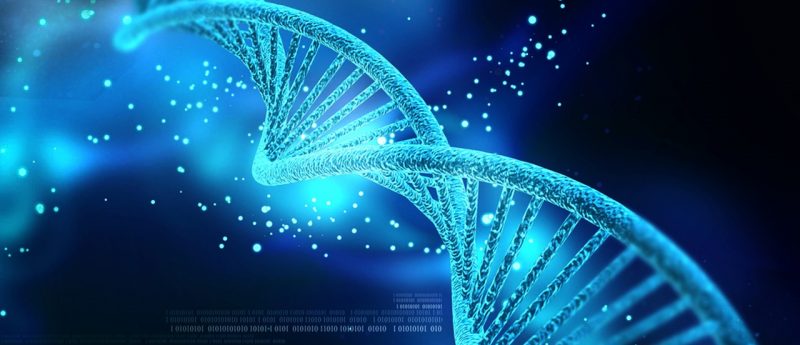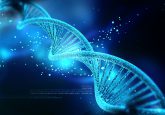Technique may allow forensic scientists to distinguish between identical twins’ DNA

DNA profiling has been a key tool for forensic investigators since its first use in the 1980s. A research team from the University of Huddersfield (UK) may now have solved one of its few limitations by developing a technique to distinguish between the DNA of identical twins.
The chances of DNA profiling flagging a DNA match between two unrelated individuals are very small: around one in a billion. For full siblings, the chances of a match are around one in 10,000; however, identical twins present exactly the same DNA. This has caused legal difficulties as it has not been possible to definitively prove which twin is guilty or innocent of a crime, leading to incidences of prosecutions being dropped to avoid the risk of convicting the wrong twin. To address this challenge, Graham Williams (University of Huddersfield) and his forensic genetics research group have developed a novel solution to address this challenge.
A previous method proposed for differentiating between the DNA of identical twins was mutation analysis, a technique which required a full genomic sequence of both twins in order to identify mutations unique to one of the pair.
“If such a mutation is identified at a particular location in the twin, then that same particular mutation can be specifically searched for in the crime scene sample,” Williams explained. “However, this is very expensive and time-consuming, and is unlikely to be paid for by cash-strapped police forces.” To address these issues, Williams’ team has demonstrated that a cheaper, quicker technique may be used.
The novel technique is based on DNA methylation; effectively a molecular process that turns numerous genes on and off. As twins get older, their DNA may become increasingly different owing to differing environmental influences, such as smoking or living a sedentary lifestyle. These differences will be apparent in the methylation of their DNA, something which can, the team propose, be quickly and cheaply analyzed using a technique known as high resolution melt curve analysis (HRMA).
“What HRMA does is to subject the DNA to increasingly high temperatures until the hydrogen bonds break, known as the melting temperature. The more hydrogen bonds that are present in the DNA, the higher the temperature required to melt them,” Williams explained. “Consequently, if one DNA sequence is more methylated than the other, then the melting temperatures of the two samples will differ – a difference that can be measured, and which will establish the difference between two identical twins.”
The potential limitations that Williams predicts for HRMA are that young twins, or those raised in highly similar environments, may not have significant methylation differences. HRMA also requires a high quantity of sample that may not be available at the crime scene. “Nevertheless,” Williams concluded, “We have demonstrated substantial progress towards a relatively cheap and quick test for differentiating between identical twins in forensic case work.”
Sources: Stewart L, Evans N, Bexon KJ, van der Meer D, Williams GA. Differentiating between monozygotic twins through DNA methylation-specific high-resolution melt curve analysis. Anal. Biochem. 476, 36—39 (2015); Crime scene discovery – separating the DNA of identical twins.





